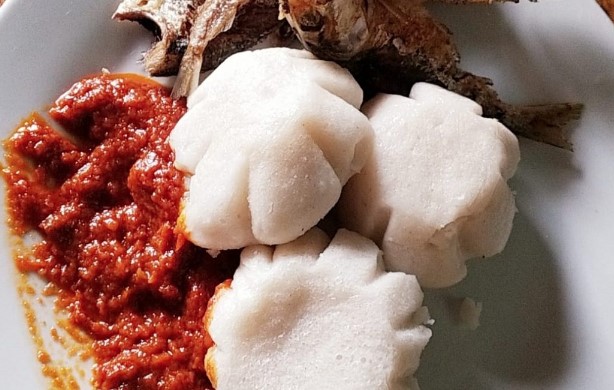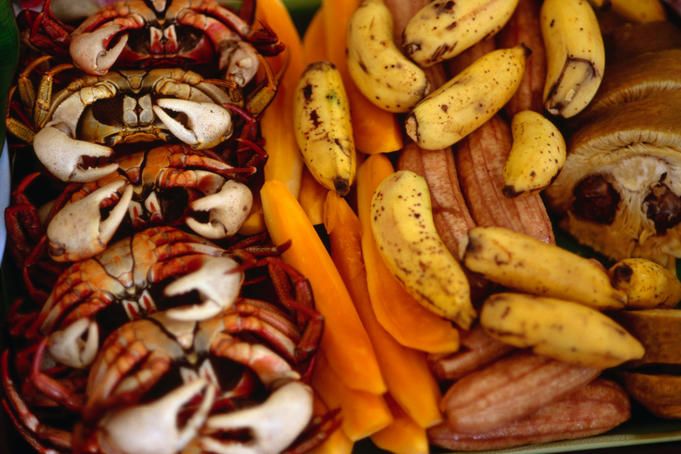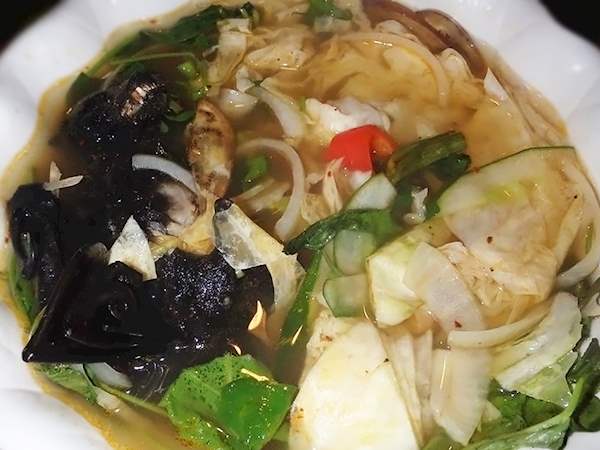Introduction: The Sweet Side of Tonga
The Kingdom of Tonga is renowned for its stunning beaches, crystal clear waters, and friendly locals. However, little is known about the country’s rich culinary heritage, particularly when it comes to desserts. Tongan desserts are a delightful surprise, featuring a unique combination of ingredients, flavors, and textures that set them apart from other Pacific Island treats.
Ingredients: What Makes Tongan Desserts Unique
Tongan desserts are characterized by their use of local ingredients, such as taro, coconut, bananas, and breadfruit. These ingredients are often combined with imported goods like flour, sugar, and condensed milk to create decadent desserts that are both delicious and satisfying. What sets Tongan desserts apart from other Pacific Island treats is the way in which these ingredients are prepared and presented. For example, taro is boiled and mashed to create a starchy paste that is then mixed with coconut cream and sugar to make a popular dessert called faikakai. Meanwhile, banana leaves are used to wrap sweet treats like faikakai, and grated coconut is sprinkled over desserts like kulolo to add texture and flavor.
Flavors and Textures: Tongan Desserts’ Signature Traits
Tongan desserts are known for their rich, sweet flavors and unique textures. Many desserts are made with coconut cream, which gives them a creamy, slightly nutty taste. Meanwhile, desserts like ‘ota ika feature raw fish that is marinated in lemon juice and mixed with coconut cream and onions to create a sweet and savory dish. Tongan desserts also feature a range of textures, from the smooth and creamy kulolo to the chewy and sticky faikakai.
Traditional Tongan Desserts: An Overview
Tongan desserts are rooted in tradition and are often served during special occasions like weddings, funerals, and religious ceremonies. Some of the most popular traditional Tongan desserts include faikakai, a starchy coconut cream dessert that is often served with sweetened condensed milk, and kulolo, a sweet pudding made from grated cassava, coconut cream, and sugar. Other popular desserts include ‘ota ika, a sweet and sour raw fish salad, and fekei, a sweet coconut and banana pudding.
Tongan Desserts vs. Other Pacific Island Treats
While many Pacific Island desserts share similar ingredients and flavors, Tongan desserts stand out for their use of starchy vegetables like taro and cassava. The use of these ingredients gives Tongan desserts a unique texture and flavor profile, which sets them apart from other Pacific Island treats. Additionally, Tongan desserts often feature raw fish, which is less common in other Pacific Island cuisines.
Where to Find the Best Tongan Desserts
Tongan desserts can be found in restaurants and cafes throughout Tonga, particularly in the capital city of Nuku’alofa. Traditional Tongan desserts are often served during special occasions and events, so visitors to Tonga should keep an eye out for local celebrations where they can try these sweet treats. Additionally, visitors can attend a traditional feast, or ‘umu, where they can sample a range of Tongan dishes, including desserts.










